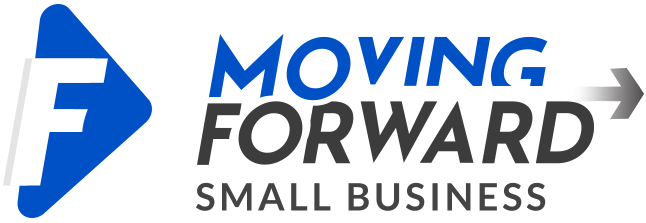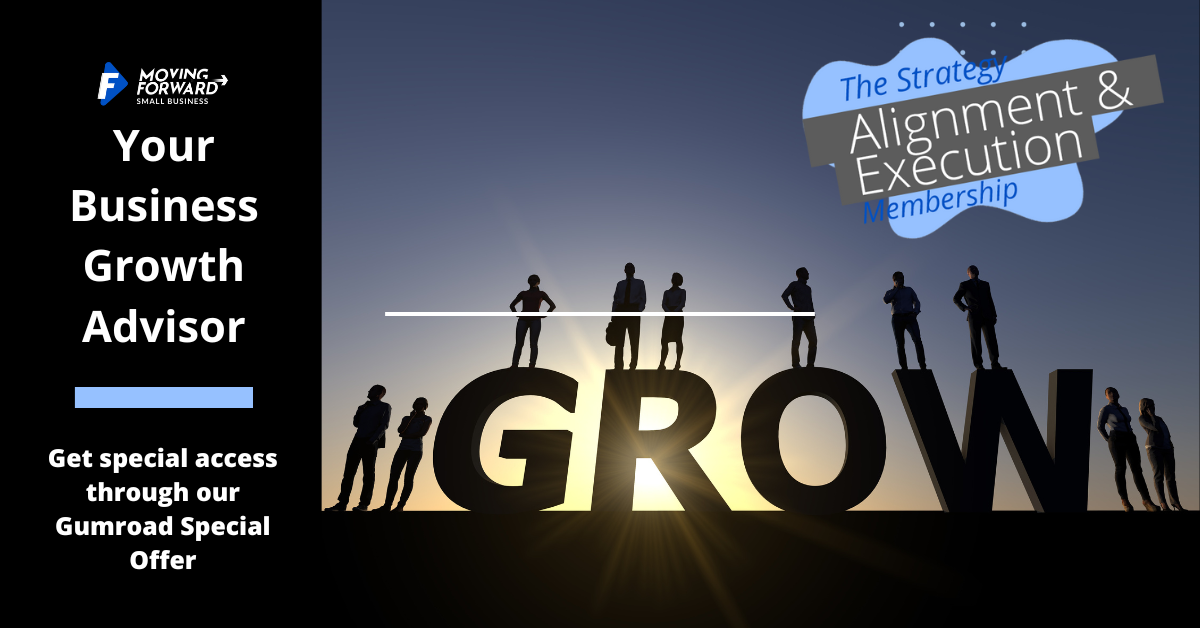Key Highlights
- Inbound revenue aims to bring in potential customers naturally instead of searching for them.
- Important parts of inbound success are content marketing, SEO, and a website designed for conversions.
- By tracking key performance indicators (KPIs), you can improve your strategies and get better results.
- There are many tools to help make inbound marketing easier, including ones for email, SEO, and analytics.
- Small businesses can grow their revenue steadily by knowing their target audience and matching their strategies.
Introduction
In today’s online world, small businesses should not overlook inbound marketing. This method is different from traditional outbound ways. Inbound marketing aims to bring customers to you by providing valuable content and experiences. By using tools like email marketing and a good website, businesses can attract and engage customers. This helps create strong relationships, leading to lasting growth. This approach boosts brand visibility and builds trust, turning leads into loyal customers.
Understanding Inbound Revenue for Small Businesses

For small businesses, it is important to make the most of every dollar spent on marketing. Inbound revenue generation is a great, cost-effective way compared to traditional out. This method changes the focus from chasing customers to setting up a system where they can find you naturally.
This approach depends a lot on knowing your ideal customer. What problems do they face? Where do they hang out online? What type of content do they enjoy? The answers to these questions will help build your inbound strategy.
What is Inbound Revenue?
Inbound revenue is the money you make through marketing that draws customers to your business on its own. Instead of using annoying ads that disrupt their online time, inbound marketing focuses on sharing helpful and fitting content that meets their needs. This content helps guide customers through their buying process.
Think about a local service business, like a plumber. If they use an outbound strategy, they might cold-call people or pass out flyers. On the other hand, an inbound approach could include writing blog posts about everyday plumbing problems, making their website easier to find locally, or giving away a free ebook on how to take care of plumbing yourself.
These actions help the business appear as a trusted expert in their field. When potential customers find and connect with this content, they are more likely to pick that business when it’s time to buy. This leads to referrals and natural growth.
Key Differences Between Inbound and Outbound Strategies
Inbound and outbound marketing are two very different ways to reach customers. Outbound marketing is the traditional approach. It means reaching out to potential customers actively using methods like Google Ads, Facebook Ads, and cold outreach. This method interrupts people from sharing a message and hopes that it will catch their interest.
On the other hand, inbound marketing focuses on creating useful content that attracts customers naturally. This strategy aims to pull in your target audience, build trust, and guide them through the sales process smoothly. Instead of being a distraction, inbound marketing wants to be found by people who are looking for answers.
This important difference makes inbound marketing a permission-based method. It respects the time and attention of the audience. By focusing on adding value, inbound marketing helps build better relationships with customers. As a result, it often creates higher-quality leads and improves conversion rates compared to outbound marketing.
Strategies to Enhance Inbound Revenue

To make your website earn money, you need different strategies. Here, we will look at two effective inbound marketing methods that can help your profits.
By using these methods regularly, you can position your business as a leader in your field. This will help you attract lots of qualified leads who are ready to become customers.
Leveraging Content Marketing to Attract Leads
In today’s busy online world, getting your audience’s attention is quite a challenge. Content marketing is a great way to connect your business with potential customers who are looking for information and solutions.
By making and sharing good quality content, you focus on their needs and interests. This helps your brand become a trusted expert in your field. You can create helpful blog posts, fun social media updates, or detailed ebooks, which will naturally attract your target audience.
For example, if you own a bakery in Towson, you can write blog posts about the best cake designs for special events. You can also share behind-the-scenes looks on social media or provide a downloadable recipe guide. This way, you can draw in local customers who love baked goods. Plus, using the right keywords for SEO will help your website show up better in search results. This means more people will find you when they are looking for bakery services in Towson.
Optimizing Your Website for Conversion
Having a nice-looking website is just the beginning. To turn casual visitors into paying customers, your website should be set up for conversion.
Web design is very important here. A simple interface, clear prompts for action, easy navigation, and a mobile-friendly design are key elements. These encourage visitors to look around and eventually make a decision. Think about the goal of each page. Make sure it leads visitors to do something, like signing up for your newsletter, downloading a resource, or buying something.
Also, think about how Google sees your site. By using the right keywords in your content, speeding up page load times, and getting quality backlinks, you can boost your website’s ranking in search results. A higher rank means more people will find you. This can give your business more chances to turn visitors into loyal customers.
Measurement and KPIs
Implementing inbound strategies is just the first step. To get the most out of your investment, you need a way to measure your success. Start by finding key performance indicators (KPIs) that match your business goals.
By tracking these metrics regularly, you can see what is working and what is not. This data-based method helps you make smart choices, change your strategies, and improve your inbound marketing campaigns over time.
What KPIs Should I Focus On?
When it comes to measurement, focusing on the right KPIs is crucial for understanding your inbound marketing ROI. These metrics should directly reflect your specific business goals if your aim is to generate leads, track metrics like website traffic, form submissions, and landing page conversion rates.
If brand awareness is your objective, focus on social media engagement, website traffic sources, and brand mentions. Regularly monitoring these KPIs provides a clear picture of your progress, allowing for informed decision-making and strategy refinement.
Here’s a breakdown of some vital KPIs and their significance:
| KPI | Description |
| Website Traffic | Measures the number of visitors to your website. |
| Conversion Rate | Indicates the percentage of visitors who complete a desired action on your website. |
| Customer Acquisition Cost (CAC) | Measures the cost incurred to acquire a new customer. |
Carefully selecting and tracking these indicators gives you a measurable way to gauge your progress and make improvements over time. For instance, slow website load times, often caused by inefficient hosting, can significantly impact user experience and inflate bounce rates. Identifying such bottlenecks through KPI monitoring allows for timely intervention and optimization.
What Tools Should I Use?
There are many tools that can help improve your inbound marketing work. For email marketing, you can use platforms like Mailchimp or Constant Contact. They are easy to use and have strong features to help you reach your audience and build relationships.
If you want to make your website and content better for search engines, you can try SEO tools like SEMrush and Ahrefs. These tools help you find keywords, analyze your competitors, and check your website.
For social media, tools like Buffer or Hootsuite can make managing your profiles easier. They let you schedule posts, track how people engage, and look at your performance.
Also, think about using platforms or agencies that offer full inbound marketing services. A partner program could give you access to white-label services, marketing automation tools, and skilled support. This way, you can focus on your main business and still get help with marketing. The right tools can really help your inbound efforts, making your work easier and boosting your results.
Conclusion
To boost money coming in for small businesses, it is important to know what inbound revenue means. Also, use strategies like content marketing and making your website better. Inbound strategies bring in leads and help increase sales, which raises revenue. Keep an eye on key performance indicators (KPIs) and use the right tools to measure success. Small businesses can start these strategies by using SEO techniques and engaging on social media. Join our Strategy Alignment and Execution membership community today and start with our 6+ hours of training on “Inbound Marketing Strategies for Your Small Business.”
Frequently Asked Questions
How Can Small Businesses Begin Implementing Inbound Strategies?
Small businesses can start by making useful content that meets their audience’s needs. They should also work on improving their website to show up in search engines. You might want to look into options like white-label Google Ads, buckets of hours provided by agencies, or joining a partner program for help and support.
What Role Does SEO Play in Inbound Revenue Generation?
SEO is very important for bringing in natural traffic, especially for local service businesses. If you use good SEO methods, your content marketing can connect with the right people. This can help you make more money by boosting your visibility and getting more visitors to your website.
Can Social Media Platforms Increase My Inbound Revenue?
Yes, social media platforms are great for connecting with your audience. They help you share your content and attract visitors to your website. This can lead to growth in inbound revenue. You should also mix social media strategies with other methods. Use Google Ads, Facebook Ads, and email marketing for the best results.


